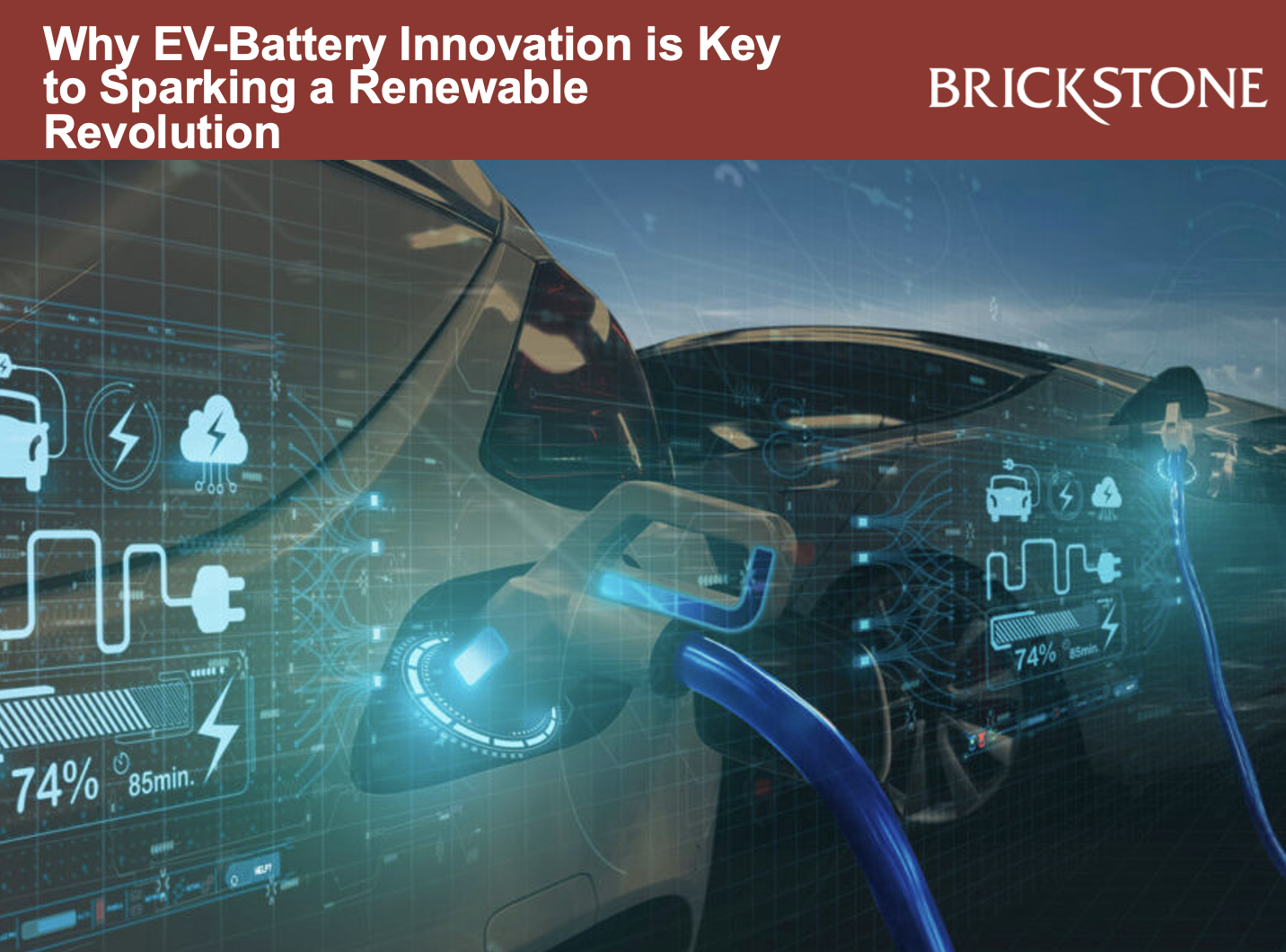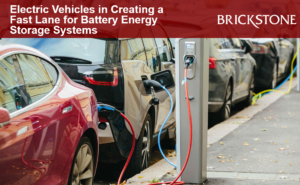Why EV-Battery Innovation is Key to Sparking a Renewable Revolution
According to IRENA, increasing the uptake of electric vehicles (EVs) is a fundamental part of accelerating the renewables-based energy transition and getting us onto the 1.5°C pathway. The uptake of EVs holds the potential to cut emissions by the replacement of fossil fuel based vehicles but also to enable flexibility in the energy system that allow the integration of larger renewable production which allow a larger emissions reduction.
Under IRENA’s 1.5°C Scenario, the number of electric passenger cars is expected to grow to 360 million by the end of 2030, and 2.1 billion by 2050. The transition is being boosted by planned bans on the sales of new fossil fuel–powered vehicles, net-zero emissions targets, climate policies and other pollution-driven regulations.
There are, however, significant barriers. For instance, under the 1.5°C Scenario, electric charging infrastructure would require a cumulative investment of USD 9 trillion through 2050. But the greatest limiter is battery technology. Mobilising such an amount of resources requires the adoption of the systemic innovation approach that involves all actors across the value chain of EVs including technology and infrastructure, market design, system planning and business models.
This article by Brickstone Africa reviews IRENA’s report on why EV-Battery Innovation is key to sparking a renewable revolution.
EV-Battery Innovation in Renewable Revolution
A key innovation is converting those batteries on wheels into energy storage systems that can enable more wind and solar PV electricity integrated into electricity grids. This innovation unlocks a powerful virtuous circle, where more renewable electricity can be integrated in power grids while such clean electricity is used to power the electric vehicles, a real win-win scenario.
The batteries propelling electric vehicles have quickly become the most crucial component, and expense, for a new generation of cars and trucks. They represent not only the potential for cleaner transportation but also broad shifts in geopolitical power, industrial dominance, and environmental protection.
In this sense, the system provision via smart EV charging strategies is identified as one of the key innovations to facilitate the uptake of EVs and provide flexibility to the system. California (US), one of the leading regions worldwide in the transition to EVs and zero-emission vehicles, has already adopted this innovation as part of its smart electrification strategy. Nowadays, California is implementing both unidirectional and bidirectional charging and several projects and pilots are testing vehicle–grid integration.
The state’s independent system operator (CAISO) is enabling EVs to participate as a demand response resource in the California wholesale power market. In parallel, the California Public Utilities Commission designed new rules that allow faster deployment of distributed energy resources, including solar and behind-the-meter batteries, and bidirectional V2G charging with a V2G grid code. All this represents a successful example of the application of the systemic innovation approach to achieve a smart electrification of the energy system.
According to recent predictions, EVs will make up just over half of new passenger car sales in the US by 2030. One estimate suggests that the potential growth of the global battery market could require 90 more facilities the size of the Tesla Gigafactory to be built over the next decade.
Focusing now on the technology dimension there need to be huge advances in battery innovation for the EV revolution to take place, even though clearly progress is being made. Batteries for new EVs already provide good range, with the best-performing models offering 800 km, and some batteries can be charged in an hour. At the same time, prices have dropped dramatically, from USD 1,200/kWh in 2010 for Li-ion batteries to USD 132/kWh in 2021. The priority continues to be cutting cost, increasing range, and shortening charging cycles.
Further progress, however, requires innovation. Research efforts are currently aimed at improving performance, including energy and power density, safety, aging, charging times, aging and cost. But there are complex trade-offs among those properties, and improving one criterion typically results in the deterioration of at least one other – the battery performance dilemma. For instance, an innovation that improves energy density and cost comes at the expense of power density, safety, and cyclical aging.
This dilemma is not the only challenge. As performance enhancement drives the rapid growth of EV batteries.
The extraction and improper disposal of these materials can carry significant environmental and health dangers. Currently, not all minerals are recycled due to technology pathways and economic incentives. In short, the increasing number of EVs could very well aggravate environmental damage from mining and battery waste unless recycling programmes are expanded, and various challenges are quickly and properly addressed.
Once again, innovation – alongside legislation and regulation – is one of the key pathways to success. Innovation in battery recycling means that recovery rates of nickel and cobalt are about 95% in recycling plants, while that of lithium, manganese and graphite (with impurities) has reached around 95%, and the recovery rate is up to 99% in laboratory testing.
Read the complete report here.






